Zhurui Power Recorder PR10
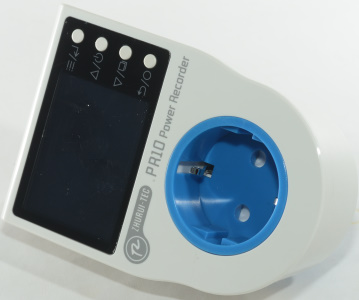
This is a power meter and logger, it can handle up to 16A and exist in a couple of version with different power connectors, I bought the version that works best around here. It has a couple of function: Measure power, log energy consumption, turn devices on/off at specific times, turn off on fault conditions.
I got it from Aliexpress dealer Zhurui Technology Official Store
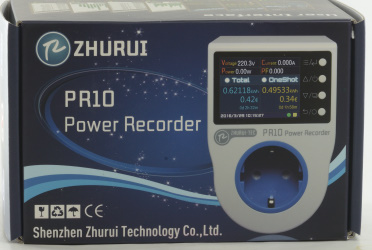
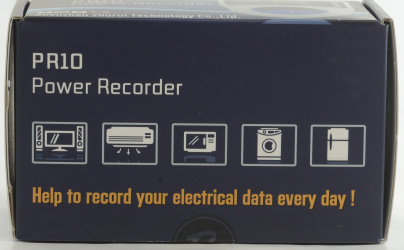
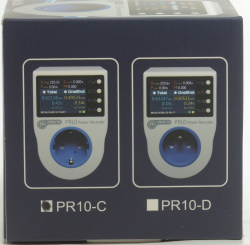
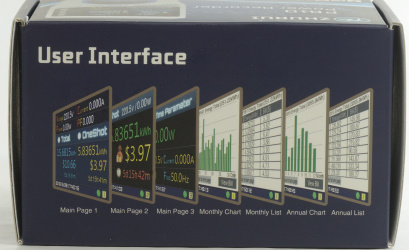
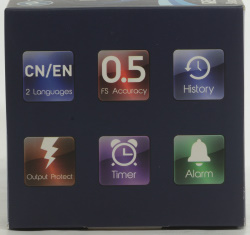
It is delivered in a colorful cardboard box that shows some screen shots from the device and list some specifications.
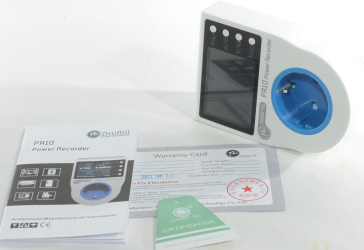
In the box is the meter, a multipage manual and a warranty card.
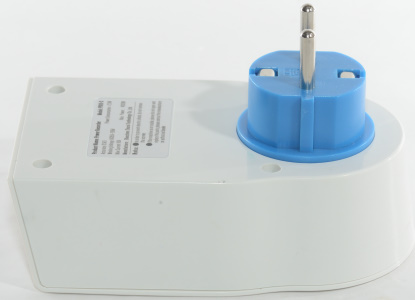
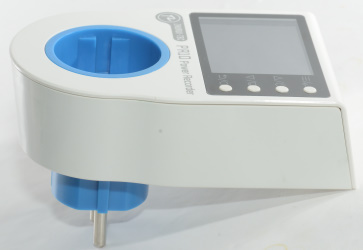
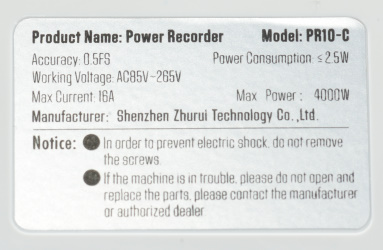
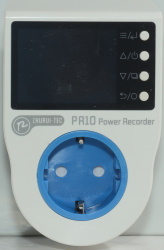
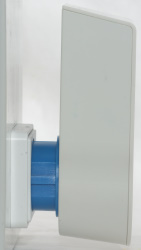
User interface
The device as many function:
- Measure power.
- Measure and log energy.
- Show price of energy.
- Show month chart and table of energy comsumption and price.
- Show year chart and table of energy comsumption and price.
- Extra counter for short term measurements (Called OneShot).
- Timers to control connected device on a schedule.
- Alarm, can give a sound when power/current/voltage/temperature is too high.
- Protection, can turn output off when power/current/voltage/temperature is too high.
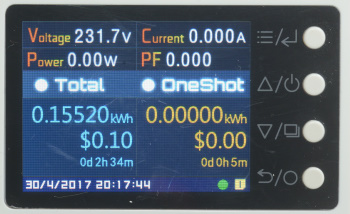
This screen is the default, it will show just about everything on one screen.
The four buttons are:
Menu / enter key
Up / output on/off key
Down / serial number key
Back / reset OneShow key
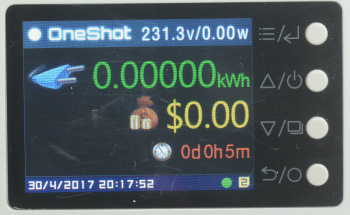
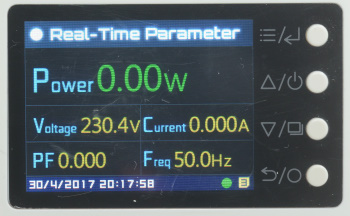
The two next screens can be selected with arrow down. Number two screen focus one the OneShot display and Number 3. screen shows all the power parameters (Nearly all of this information is already present on the first screen).

Pressing on the menu key will open the menu, use arrow to move down and up and press menu/enter again to select or open the second level of the menu.
It is easy to locate displays and settings with these menus.
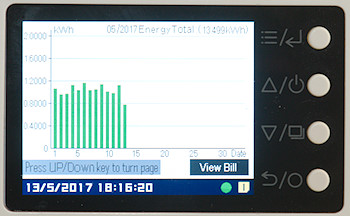
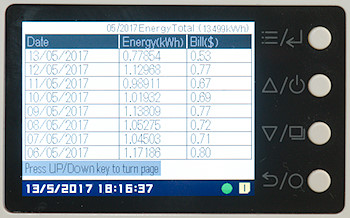
Here is the monthly report in graphic and list form. Pressing the enter key will change between scaling the chart in Wh and money with selected currrency and price. These chart exist in both monthly and yearly versions.
The manual says something about storing data for 30 years, I decided not to test that and do not know how far back it stores data.
I could not select our currency "kr" and I did not bother to adjust the price.

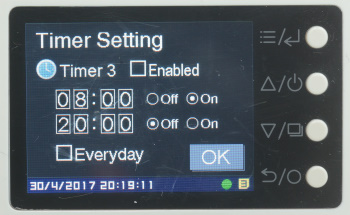
Timer 1 & 2 are advanced timers with week based settings, usual one must be used for on and the other for off. Each of the other times (3-9) can do a on/off cycle either once or every day.
All settings menus with numbers and selections has a slight problem with the user interface: Arrows are used to adjust numbers, this means enter is used to move to next digit, but in the selection box arrows are used to move around, enter is only used when something need to be changed.

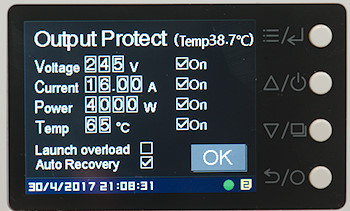
Both the Alarm and Protection menu have the same settings.
The auto recovery will automatic reconnected after a protection event, it will only do that once (no infinite loop of connecting/disconnecting).
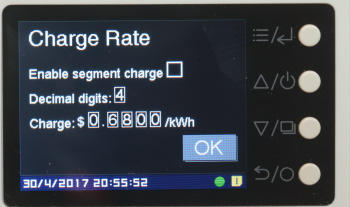
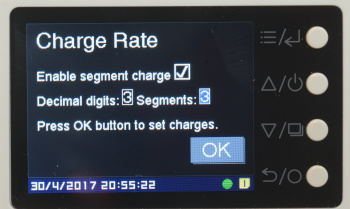
The charge rate can be either a fixed price for each kWh or based on time of day.
It only supports a limited number of currency names, but I do not see that as important.

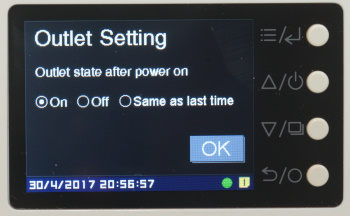
There is also some settings to adjust the behavior of the device.
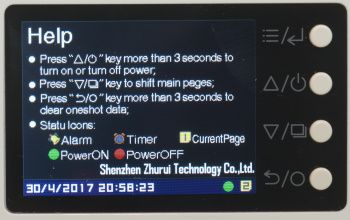
There is even a help menu.
Measurements
- Power consumption when idle with display on and output on: 2.2 watt
- Power consumption when idle with display off and output on: 1.6 watt
- Power consumption when idle with display on and output off: 1.1 watt
- Power consumption when idle with display off and output off: 0.5 watt
- The above makes the display use 0.6 watt and the relay 1.1 watt.
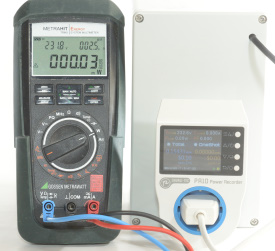
To test I uses my Metrahit Energy meter after the PR10 logger, because the Metrahit do not use any power (or very little) when measuring, the meters are supposed to show the same values.
The Metrahit is very good at measuring low power.

The PR10 need 0.1 watt before it will display any power and it need 5mA before it will display any current.
Generally I am very impressed with how good it is at low power levels, this will often be a problem with energy meters.
The precision looks good.
Note: The vacuum cleaner did not have a stable power consumption, i.e. the difference between PR10 and Metrahit is probably due to this (I did not read all the values at exactly the same time).
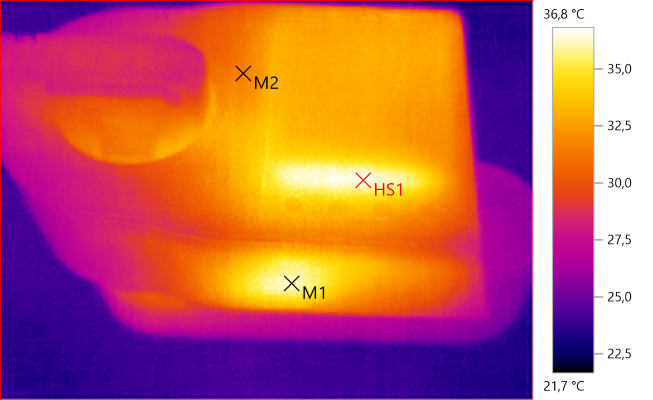
M1: 36,2°C, M2: 31,8°C, HS1: 36,8°C
The 1.6W power consumption when running warms the device a bit.
Tear down
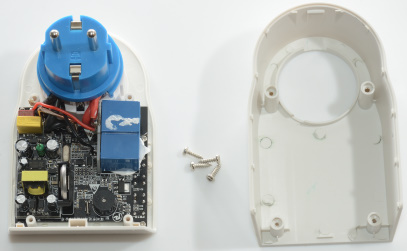
I also wanted to see whats inside this meter, it required removing four triangular screws.
A warning: Everything inside is connected directly to mains power, i.e. do not plug it in when it is open!
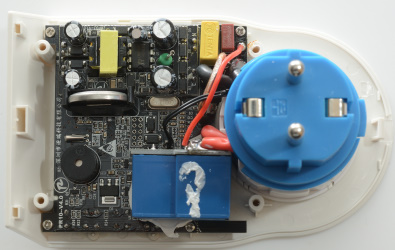
The plug and socket have their connections wired to the relay and the circuit board.

There is 3 circuit boards, one behind the relay, one with the power supply and the large one at the bottom.

Here I have labeled some of the parts. I wonder about the copper color of the shunt (copper is rather temperature sensitive and because of that not the best to make precision shunts from).
The backup battery is easy to replace (If you have a screwdriver that can open the meter).
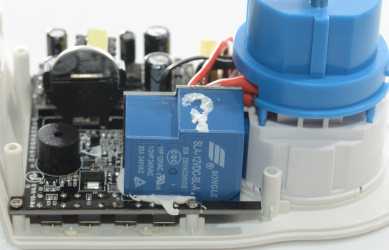
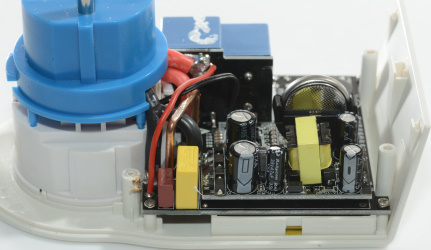
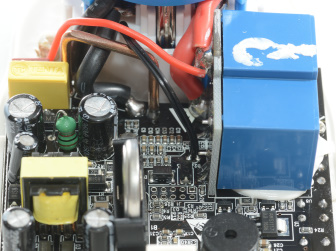
Somebody have been a bit close to the plastic with a solder iron.
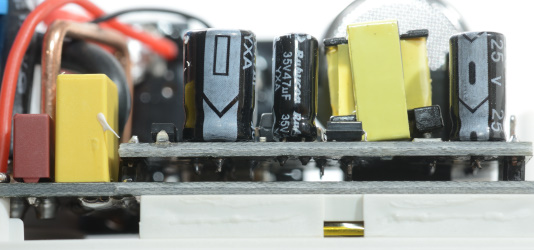
I am missing at least one part, it must be on the other side of the circuit board or maybe below the relay. The missing part is the processor and maybe a power meter chip (Or it is part of the processor).
Conclusion
It is an impressive little meter.
It can be discussed if it have to many functions, but the user interface makes it fairly easy to get around in all the settings and functions. Some settings requires a bit of work to adjust, but it is acceptable.
The precision is very good even at fairly low loads.




































